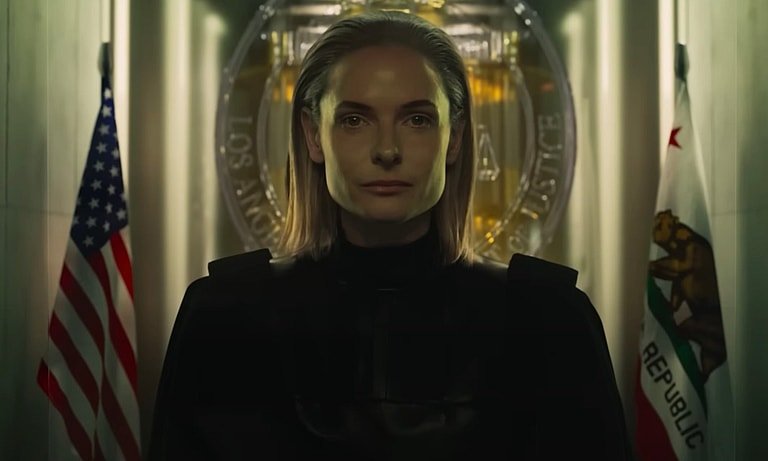Jurassic Park: Fallen Kingdom
/Building from the success of 2015’s reboot/sequel Jurassic World, the second instalment, Fallen Kingdom, has made its trailer debut last week to the tune of 40M views. This trailer interests us from an aural perspective for the way it deftly performs a fake-out on two levels within this trailer: from horror motifs to action, and simultaneously, from the use of a commercially licensed track to something more piercing in terms of musical motive.
The trailer starts with an ominous sound that turns out to be a closely-mic’d vinyl record being mounted. Irma Thomas’ “Anyone Who Knows What Love Is” plays in the background of a bar as a bit of expository dialogue occurs, only to be cut off by the volcanic explosion on the fictional Central American island of Isla Nublar, off Costa Rica. The rumbling of the explosion carries over a brief montage, effectively presiding over a marked shift in dramatic tone.
At 0:35 we get a rather unexpected shrill, staccato string attack, alongside the first title card, vaunting Spielberg (of course) reprising as Executive Producer. It is at 0:39 where we get the “real” trailer, arguably: one could start the video at this point, and it would work. The previous exposition was used as a contextual backdrop, and to underscore the shift in tone that follows.
Alongside a stirring monologue about the nature of dinosaurs – and of nature itself – we hear that classic John Williams theme… or at least, a deliberate tease of it. Although the motif in full arguably comprises five notes – do-ti-do-so-fa, if you know solfege –that initial half-step do-ti-do is prevalent throughout the full theme. The fact is that the trailer editor(s) are making a bet that the average listener will recognize it sufficiency in triggering, to allude to Proust, a musical madeleine of sorts – a motif that calls up a deep well of associations, to the extent that, at least in the context of the whole trailer, fulfills its role with a plomb.
The fact that by 0:56 in this trailer, that third note in the motif is simply held as scenes of instability mount and epic percussion permeates the audio channels instills a unique sense of uncertainty. This moment suggests that that everything we know about Jurassic Park, and the way its narrative is woven, is once again up for grabs, as any good sequel does.
At 1:05 the music cuts out and we see a moment of intimacy between human and dinosaur, only to have that expectation again subverted with another jump scare at 1:13. This leads smoothly into an action sequence for the trailer’s third “act,” where thunderous, insistent percussion and roaring, percussive guitars only stop for a moment for the kind of wonder that Jurassic Park has built its brand upon. At 1:38, one dinosaur appears to be saving the rescue crew by attacking the other, suggesting a kind of complexity and emotional intelligence to the species rarely, if ever, alluded to. The three-note Williams motif resurges once more, and the T-Rex’s deafening roar—a visual and aural reminiscence of the first “Jurassic” film—meets the consistent fortissimo of the strings in a synergistic moment of rawness and beauty before fading to black.
With about forty seconds to go, off-screen narrator Jeff Goldblum (previously seen at :50-:51 and heard until 1:00) opines again against a black screen, “life cannot be contained.” Following this, the epic percussion roars back in a faster triple time for a thrilling action montage, perhaps revealing some of the most action-oriented moments of the film in the trailer. In a sort of counterpoint, the screen fades to black once more as Goldblum comments that “life breaks free” and “life finds a way,” alternating between the serenity of his speech and the pandemonium of the action montage that is its interstitial. The roars of dinosaurs become part of the music by the end. One last surge of the strings on that three-note motif close out the trailer with its main title card, with a standard sub-bass tone presenting its release date of June 22nd.
Although this trailer takes its chances with conventions borrowed from other genres of trailers (such as jump scares for horror), it rests comfortably on a solid three-part structure. Moreover, the blend of musical styles (commercially licensed song to open; epic percussion; romantic orchestral theme music) work together to underscore the component purposes of each shot and scene. Taken together, the Fallen Kingdom makes a bold move and arguably succeeds: three notes now suffice in communicating its artistic and commercial proposition.
– Curtis Perry







